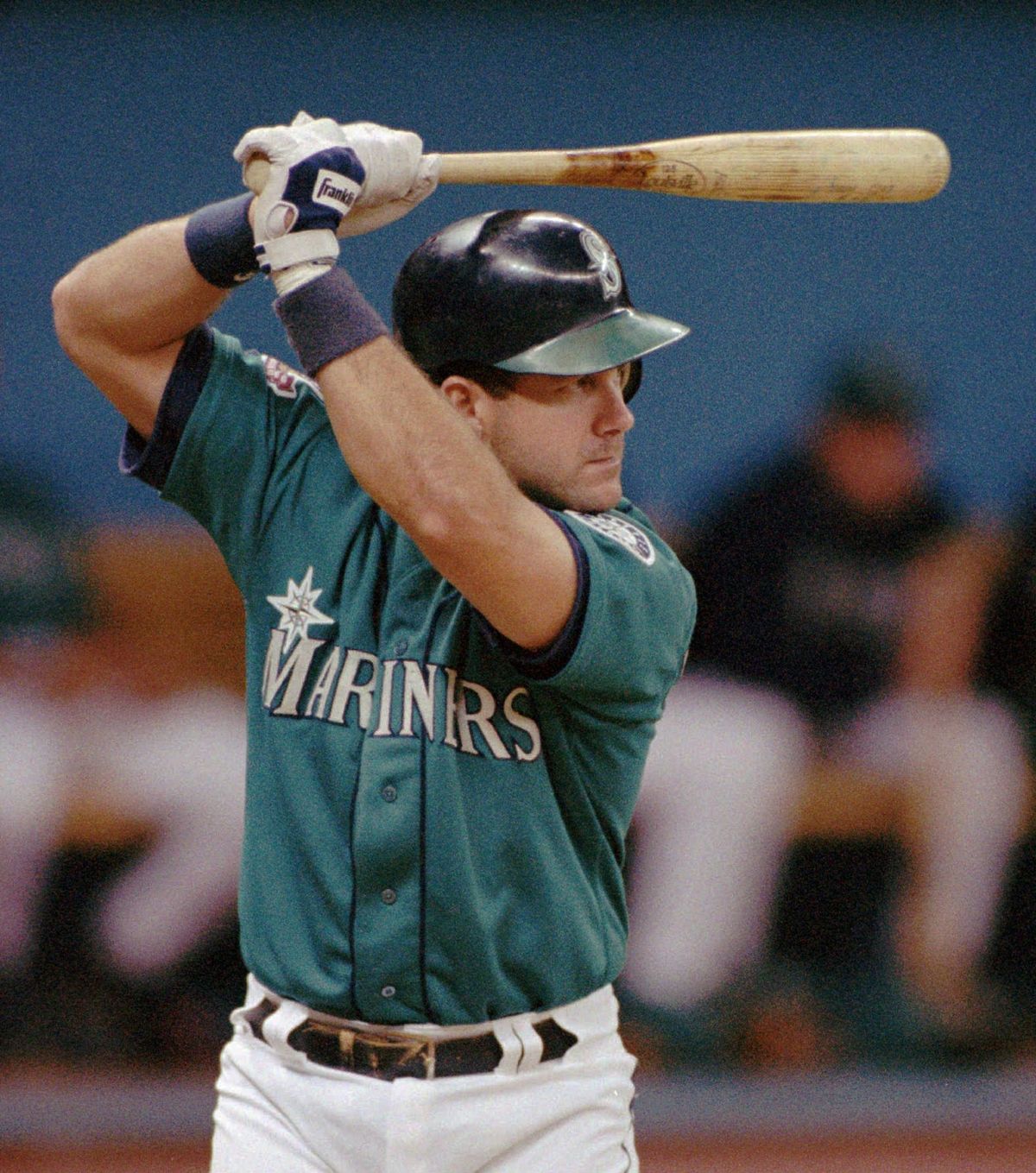Designated hitter debate still alive after 40 years

The designated hitter turned 40 this year.
Fittingly, it’s having sort of a midlife crisis.
Never before has the imbalance between the American and National leagues regarding Rule 6.10 been more of a potential problem.
The designated hitter rule has been controversial from day one. It’s been criticized and even confusing since it was born. So it’s only natural that Major League Baseball’s once-bold experiment will continue to exist unevenly and indefinitely.
The DH debate won’t die.
“A little controversy between the leagues is really not all bad,” Commissioner Bud Selig said before the All-Star game in New York on Tuesday.
Selig cast one of the votes for using the designated hitter in A.L. games starting in 1973, when he owned the Milwaukee Brewers, then an A.L. franchise. He acknowledged this week that further geographic changes to divisions could force MLB to either scrap the DH altogether or install it for the N.L., but that’s a future possibility and not an imminent plan.
When Houston switched to the A.L. West this year to even out the leagues at 15 teams each, daily interleague games became a necessity of the schedule.
“At the moment,” Selig said, “we are not going to change it.”
Perhaps the most polarizing of this sport’s many quirks and imperfections, the designated hitter came to be when A.L. teams sought to boost their then-lagging product. The decision was made during a time when the two leagues were far less integrated than now.
The gimmick not only worked to increase scoring and attendance but created a way for some of the game’s greatest hitters to extend their careers – and make a lot more money.
Orlando Cepeda credited the rule for boosting his Hall of Fame credentials, after Boston signed him for the 1973 season following a long career with the San Francisco Giants.
“That was one of the best years, because I was playing on one leg and I hit .289,” Cepeda said earlier this season. “And I hit four doubles in one game. Both my knees were hurting, and I was designated hitter of the year.”
Designated hitters last year had the second-highest average salary by position at $8.1 million, behind first basemen at $8.6 million. That’s the main reason why eliminating the DH to bring the A.L. back on line with the N.L. is almost unfathomable.
Boston’s David Ortiz, who recently passed Harold Baines on the career list for hits by a DH, is making $14 million this season at age 37.
The designated hitter has also helped teams keep their best players in the lineup while giving them some type of rest. Minnesota All-Star catcher Joe Mauer is a prime example. When he needs a break from crouching behind the plate, manager Ron Gardenhire can keep his potent bat in the lineup at DH.
“I get a lot of questions about the DH, how we use it and all that stuff, but basically the way I see it is I’d rather see David Ortiz hit than some pitcher,” Mauer said, intending no offense to his own teammates. “So we’ll see. It is what it is right now.”
Most of Mauer’s A.L. peers predictably express support for the DH’s existence, even if a lot of them would rather play a position than sit around between at-bats. The power of the players’ union, protective of this lucrative and prominent job, is another undeniable force for the DH. Despite the complaints from dads with sleepy kids at long games, fans usually enjoy seeing runs cross the plate.
The cumulative A.L. batting average has beaten the N.L.’s mark in each of the first 40 seasons of the DH.
The last time the N.L. hit better than .270 was 1939. The A.L. has 11 seasons of .270-plus batting during the DH era.
There are purists who have a hard time forgiving MLB for installing the DH, though. Remember the movie “Bull Durham,” when Kevin Costner’s character Crash Davis launches his crude rant about the qualities and superficialities of life?
“I believe there ought to be a constitutional amendment outlawing AstroTurf and the designated hitter,” he said.
The N.L. guys, naturally, tout the purity of the no-DH game and the additional substitution strategy it provides.
Many pitchers simply find it fun to try to hit – even if it means sometimes looking silly swinging meekly at strike three.